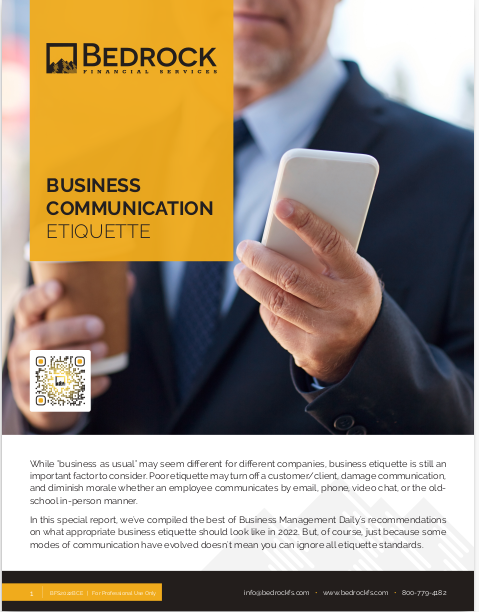Key Takeaways
-
The right CRM setup isn’t just about storing data—it’s about designing workflows that lead to conversions.
-
A properly structured CRM helps you manage attention, not just information. That’s what truly drives sales in 2025.
Why Most CRM Setups Fall Flat
Too many independent insurance agents use CRMs as glorified filing cabinets. You add a lead. You forget about it. Or worse, you waste time sifting through cluttered lists that aren’t actually helping you move anyone closer to saying yes.
In 2025, if your CRM isn’t moving leads forward on autopilot or flagging the ones who are ready for your attention, you’re not using it right. The problem isn’t the tool. It’s the setup.
You Need a Sales-Focused Structure
The biggest oversight in most CRMs is the lack of a clear sales framework. To sell consistently, your CRM must be organized around buyer readiness. Not around contact types. Not around long labels. And definitely not around endless tags.
Here’s the structure that works:
-
Stage 1: Cold Lead (Needs Outreach)
-
Stage 2: Warm Lead (Contact Made, Not Qualified Yet)
-
Stage 3: Engaged Prospect (Qualified, In Discovery)
-
Stage 4: Decision Stage (Proposal Sent, Decision Pending)
-
Stage 5: Client (Won, Onboarded)
-
Stage 6: Nurture (Not Ready, Follow-Up Scheduled)
This is a linear, sales-focused layout. You always know where someone stands. You never wonder what to do next. The goal is progress.
Automation That Actually Helps You Sell
You don’t need to automate everything. You need to automate attention.
In 2025, smart CRMs allow for conditional automation. That means you can:
-
Set reminders only when a lead hasn’t replied in 3 days.
-
Trigger a follow-up email when someone clicks a link.
-
Get alerted if someone opens your proposal more than once in 24 hours.
-
Auto-assign leads to the “Decision” column when they book a second call.
The magic here is this: you’re not just reacting. Your CRM is helping you prioritize the people who are showing buying signals.
Build a 3-Day Follow-Up Loop
The biggest drop-off in sales happens after the first call. Agents wait too long or forget entirely.
Your CRM should support a 3-day loop for every lead in the “Engaged” and “Decision” stages:
-
Day 1: Send the first follow-up (recap + next step).
-
Day 3: Send a check-in (“Did you have a chance to review?”).
-
Day 5: Send a final nudge (“Just making sure this doesn’t slip off your radar”).
This loop should be triggered automatically once you move someone into the proper stage. You write these emails once, and your CRM handles the rest. Every message keeps you top of mind.
Use Tags Sparingly (But Strategically)
Too many tags? That’s just noise. You’re not a librarian—you’re in sales.
Use tags only when they help you:
-
Filter leads for specific campaigns.
-
Track a referral source.
-
Identify policy type interests (e.g., Final Expense, Term Life, Annuities).
-
Flag follow-up risk (e.g., “Ghosted Once,” “Price-Sensitive”).
Limit yourself to 5-7 active tags that truly inform how you approach the sale. Anything more, and you’re just organizing for the sake of organizing.
Create an Automated Morning Pipeline View
Every morning, your CRM should show you three things:
-
Who needs to be called today.
-
Who opened an email in the last 24 hours.
-
Who is past due for a response.
This is your command center. In 2025, there’s no reason to manually dig for this info. You can set it up once as a saved view, and it updates automatically based on your workflows.
It takes 10 minutes to set up, and it will save you 10 hours a week.
Don’t Let Your CRM Become a Dead-End
A dead lead isn’t a lost lead. It’s a lead that needs a pause.
Build a process for what happens when someone ghosts you. Don’t delete. Don’t ignore. Just move them to a “Nurture” list.
Then:
-
Set a reminder for 60 days later.
-
Send a simple re-engagement message: “Still considering coverage? I have a few updates that might help.”
-
Offer a short call or a one-click reply option.
This keeps your pipeline alive. In many cases, people who ghosted you in March end up buying in June. You win not because you pressured them, but because you had a system.
Avoid These CRM Traps
In 2025, the tech is good. But the usage? Still flawed.
Here’s what to watch out for:
-
Trap #1: The “One-Size-Fits-All” Field Layout Your pipeline needs to be insurance-specific. Generic deal stages won’t reflect the way clients buy.
-
Trap #2: Overloaded Dashboards If your dashboard shows 40+ columns and 16 widgets, you’re never going to use it. Keep it tight. Focused.
-
Trap #3: Treating Notes as Journals Notes should help you sell. Stick to the essentials:
-
What do they want?
-
What’s their timeline?
-
What’s holding them back?
-
-
Trap #4: Letting Tasks Pile Up If you have 300 overdue tasks, the system is broken. Use automated workflows and calendar syncs to reset.
Revisit Your Setup Every 90 Days
CRMs aren’t “set it and forget it” tools. Buyer behavior changes. Your pitch evolves. Your calendar gets full.
Every 90 days, block out an hour to do a system check:
-
What stages are clogging up?
-
Where are deals stalling?
-
Which automations are being ignored?
-
Are you spending more time maintaining or selling?
Use the answers to streamline again. This is the only way to stay sharp and relevant.
Turn Your CRM Into a Sales Co-Pilot
You should never feel like you’re working for your CRM. It should be working for you.
Done right, it becomes your co-pilot:
-
Organizing your pipeline.
-
Nudging you to act at the right moments.
-
Following up without you having to remember.
-
Surfacing the leads that are ready now.
If that’s not happening yet, you don’t need a new tool. You just need a better setup.
Set Yourself Up for Better Sales Days
In the world of independent insurance, your CRM is your best employee. But only if it knows how to do the job right.
In 2025, attention is your most valuable currency. Your CRM should help you focus on the people who matter now, while keeping everyone else warm for later. That’s not theory. That’s system design.
If you’re tired of chasing leads, juggling sticky notes, or wondering who’s ready to buy—it’s time to rebuild your CRM from the inside out.
Ready for a CRM Setup That Works?
At Bedrock Financial Services, we help insurance professionals like you build automation-backed systems that actually close business. We provide tools, training, and real support to help you stop spinning your wheels and start creating real momentum.
Let us show you how our platform can help you close more sales with less effort. Sign up today to get started.







